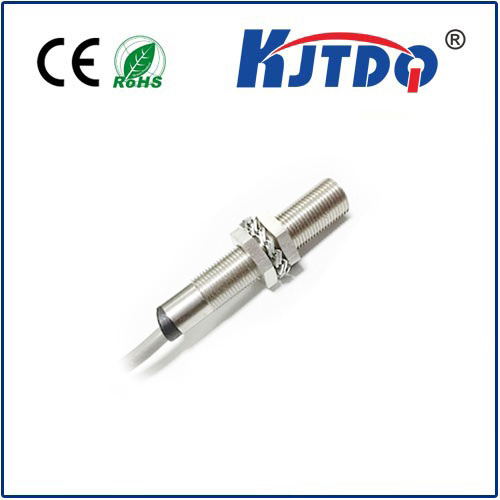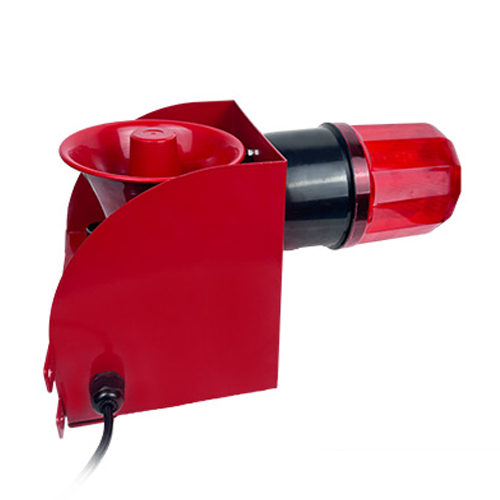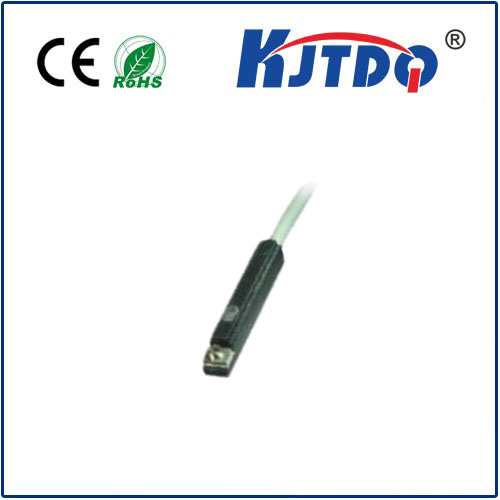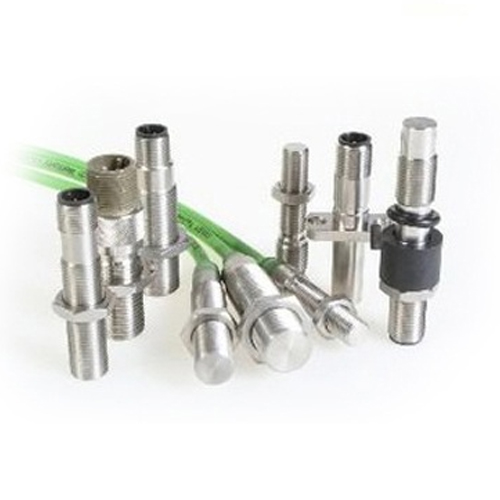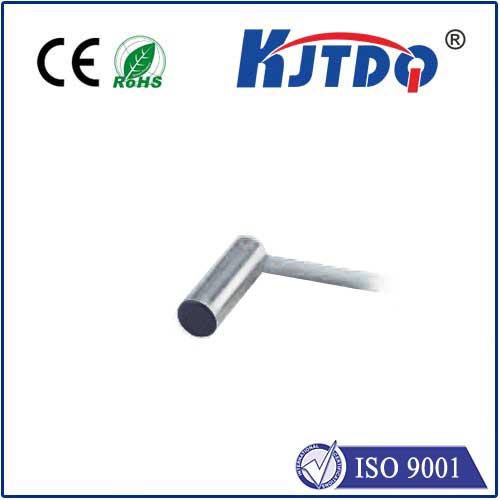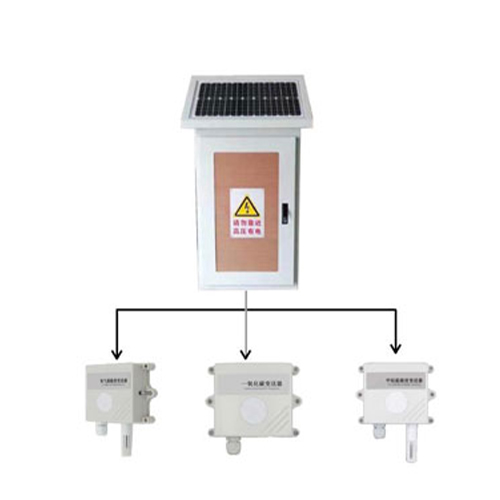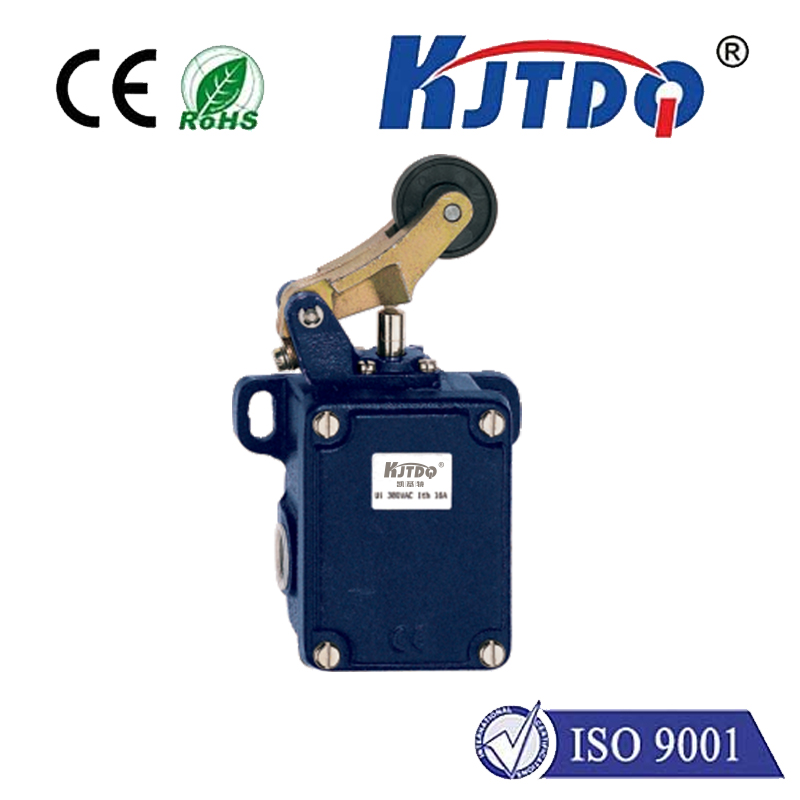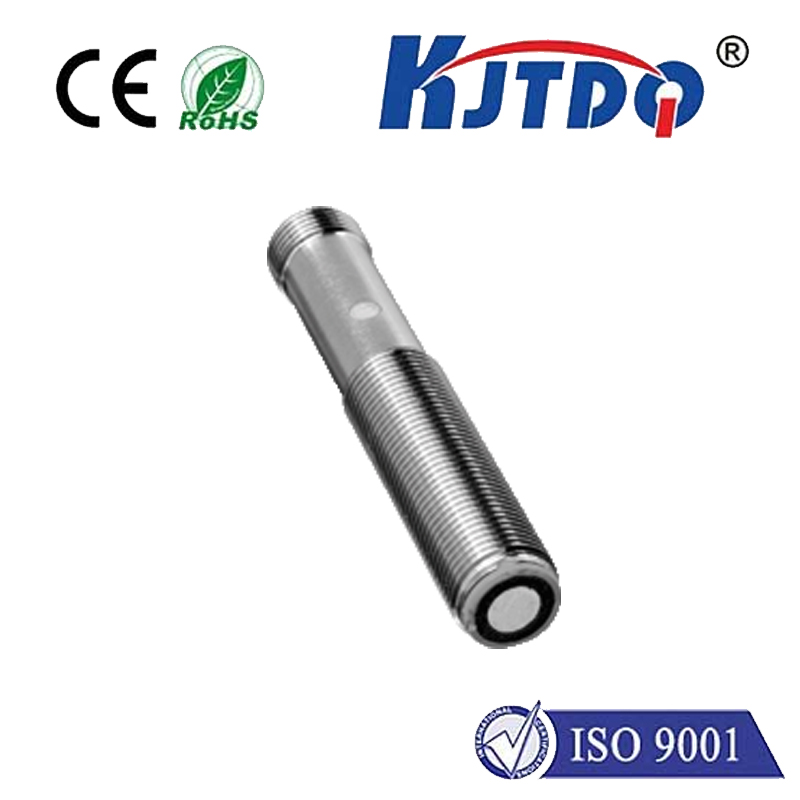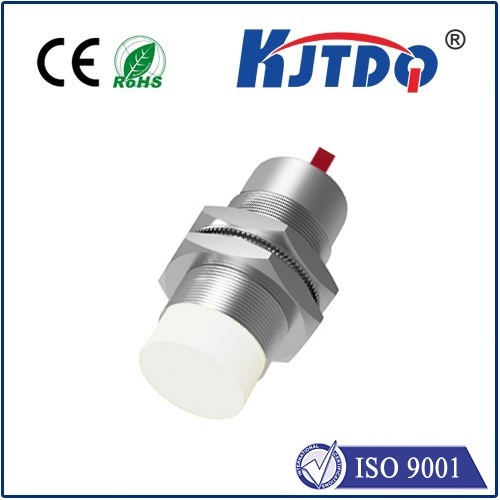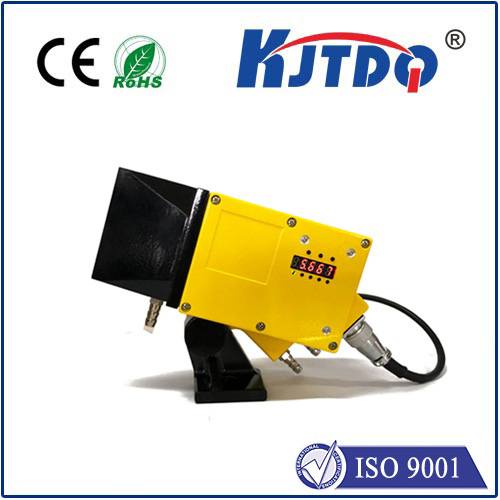

check

check

check

check
Title: Optimizing LiDAR Performance: The Critical Role of Laser Power in Sensing Technology In an era where autonomous vehicles map city streets, drones survey disaster zones, and robots navigate warehouses, LiDAR (Light Detection and Ranging) has emerged as the eyes of modern technology. At the heart of this revolutionary system lies a deceptively simple component: the laser. But not just any laser—its power output directly determines whether a LiDAR system succeeds or stumbles. Understanding lidar laser power isn’t just technical jargon; it’s the key to unlocking precision, safety, and efficiency in applications that shape our future.
LiDAR systems work by emitting laser pulses and measuring the time it takes for reflected light to return. The laser’s power—measured in watts (W) or milliwatts (mW)—dictates the energy of each pulse. Higher power means stronger signals, enabling longer detection ranges and better performance in challenging conditions like fog or rain. However, there’s a catch: too much power risks eye safety violations, while too little compromises accuracy. Striking this balance is what makes laser power optimization a cornerstone of LiDAR design. For instance, automotive LiDAR systems operating at 905 nm wavelengths often use lasers with powers between 10–40 W. In contrast, 1550 nm LiDAR, favored for its eye-safe properties, can deploy higher-power lasers (up to 1.5 kW pulsed) without endangering human vision. This distinction highlights how laser power isn’t a one-size-fits-all metric—it’s a variable finely tuned to the application’s demands.

The relationship between laser power and LiDAR effectiveness hinges on three factors: range, resolution, and energy efficiency.
Different sectors prioritize laser power differently, reflecting their unique operational needs:
Laser safety standards, such as the IEC 60825-1, impose strict limits on permissible exposure levels. For 905 nm LiDAR, this often restricts lasers to 75–100 W peak power in short pulses. Meanwhile, 1550 nm systems exploit the eye’s reduced sensitivity to infrared light, allowing powers up to 1,500 W without violating Class 1 limits. However, regulatory compliance isn’t just about power—it’s about how that power is delivered. Pulsed lasers spread energy over time, reducing risk compared to continuous-wave beams. Innovators like Aeva are pioneering frequency-modulated continuous-wave (FMCW) LiDAR, which combines coherent detection with lower peak power for safer, longer-range sensing.
Emerging technologies are redefining what’s possible with LiDAR laser power:
From the lab to the real world, lidar laser power remains a linchpin of modern sensing technology. Its optimization isn’t just an engineering challenge—it’s a gateway to smarter, safer, and more sustainable innovations. And as industries continue to push the envelope, one thing is clear: the future of LiDAR shines brighter than ever.
